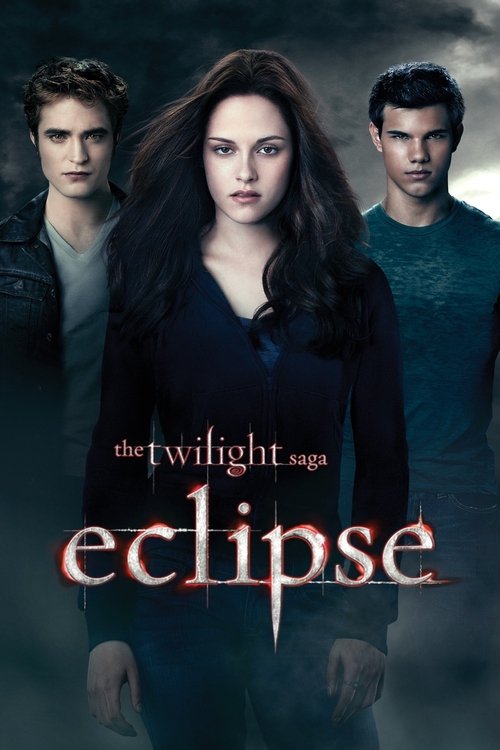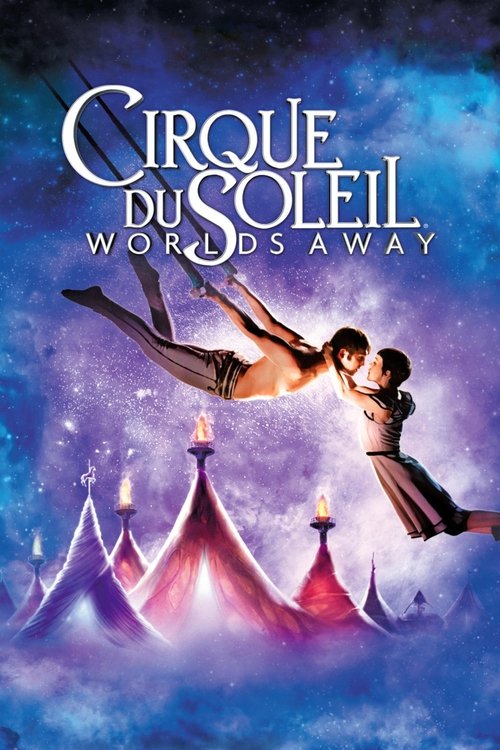
Ask Your Own Question
What is the plot?
More Movies Like This
Browse All Movies →What is the ending?
In the ending of "Upside Down," Adam and Eden finally reunite after years of separation. Adam, having traversed the challenges of the two worlds, manages to bring Eden back to his side. However, their reunion is bittersweet as they face the reality of their worlds being incompatible. The film concludes with a poignant moment where they embrace, symbolizing their love despite the insurmountable obstacles.
Now, let's delve into the ending in a more detailed narrative fashion:
As the climax of the film unfolds, Adam, having navigated the treacherous landscape of the upper world, finds himself in a desperate race against time. He has discovered a way to reach Eden, who resides in the affluent world above, where gravity pulls everything downwards, while he is from the impoverished world below, where gravity pulls everything upwards. The stark contrast between the two worlds is visually striking, with the upper world bathed in light and luxury, while the lower world is dark and gritty.
In the final scenes, Adam manages to infiltrate the upper world, using the knowledge he gained from his experiences and the help of his friends. He is determined to find Eden, who has been living a life of privilege but is still haunted by their past. As he navigates through the bustling streets of the upper world, he is filled with a mix of hope and anxiety, knowing that their reunion could be fraught with complications.
When Adam finally locates Eden, the moment is charged with emotion. Eden, who has been living a life that seems perfect on the surface, is initially shocked to see Adam. Her eyes reflect a whirlwind of emotions--surprise, joy, and a hint of sadness. They embrace tightly, a moment that encapsulates years of longing and separation. However, the reality of their worlds quickly sets in. They are both acutely aware that their love exists in a space that defies the laws of nature; they cannot exist together without severe consequences.
As they stand together, the weight of their situation becomes palpable. Adam expresses his desire to be with her, to find a way to bridge the gap between their worlds. Eden, torn between her feelings for Adam and the life she has built in the upper world, struggles with her emotions. The tension is thick as they discuss the impossibility of their situation, yet their connection remains undeniable.
In a moment of clarity, Eden realizes that she cannot abandon her life in the upper world, nor can Adam abandon his in the lower world. They share a final, heartfelt conversation, filled with promises of love and hope, but also an understanding of the harsh reality they face. The scene is beautifully shot, with the contrasting backgrounds of the two worlds framing their emotional farewell.
As the film draws to a close, Adam and Eden share one last embrace, a symbol of their enduring love despite the barriers that separate them. The camera pulls away, capturing the two worlds in their stark contrast, leaving the audience with a sense of bittersweet resolution. Adam returns to his world, carrying the memory of Eden with him, while Eden watches him go, her heart heavy yet filled with the warmth of their shared moments.
In the end, Adam remains in the lower world, continuing to fight for a better life, while Eden stays in the upper world, forever changed by her encounter with Adam. Their fates are intertwined, yet they are bound by the gravity of their respective worlds, a poignant reminder of the sacrifices made for love.
Is there a post-credit scene?
In the movie "Upside Down," there is no post-credit scene. The film concludes with the resolution of the main storyline, focusing on the love between Adam and Eden, who come from two different worlds with opposing gravitational pulls. The narrative wraps up as they find a way to be together despite the challenges posed by their respective environments. The absence of a post-credit scene allows the audience to reflect on the film's themes of love, sacrifice, and the struggle against societal boundaries without any additional content after the credits.
What is the significance of the two worlds in Upside Down?
The two worlds in 'Upside Down' represent stark contrasts in social class and economic disparity. The world of Adam, who lives in the lower realm, is characterized by poverty and struggle, while the world of Eden, who resides in the upper realm, is filled with wealth and luxury. This physical separation symbolizes the emotional and social barriers that Adam must overcome to be with Eden.
How do Adam and Eden first meet in the film?
Adam and Eden first meet as children when Adam accidentally crosses the boundary between their two worlds. They are drawn to each other, sharing a moment of connection that is both magical and fleeting. This initial encounter sets the stage for their lifelong bond and the challenges they will face due to their different social standings.
What role does gravity play in the relationship between Adam and Eden?
Gravity is a crucial element in 'Upside Down,' as it dictates the physical laws of each world. In Eden's world, gravity pulls everything down, while in Adam's world, it pulls everything up. This creates a literal and metaphorical barrier between them, as they cannot physically be together without defying the laws of their respective worlds. Their love story is marked by this struggle against the forces that keep them apart.
What motivates Adam to risk everything to reach Eden?
Adam is driven by an unwavering love for Eden, which motivates him to take significant risks to bridge the gap between their worlds. His determination is fueled by the memories of their childhood connection and the belief that love can conquer the obstacles imposed by their societies. This deep emotional bond compels him to defy gravity and societal norms in pursuit of a life with Eden.
How does the film depict the theme of sacrifice through Adam's actions?
Adam's journey is marked by numerous sacrifices, including his safety, his job, and ultimately his well-being. He risks everything to create a device that allows him to traverse the boundary between the two worlds, demonstrating his willingness to endure hardship for the sake of love. This theme of sacrifice is poignantly illustrated in his struggles and the lengths he goes to in order to reunite with Eden, highlighting the depth of his commitment.
Is this family friendly?
"Upside Down," produced in 2012, is a visually stunning romantic fantasy film that explores themes of love, class disparity, and the complexities of human relationships. However, it contains several elements that may be considered objectionable or upsetting for children or sensitive viewers.
-
Violence and Threats: There are scenes that depict violence, including confrontations between characters that may be intense or threatening. These moments can evoke feelings of fear or anxiety.
-
Dark Themes: The film delves into themes of class struggle and oppression, which may be heavy for younger audiences. The portrayal of a society divided by gravity can symbolize deeper societal issues that might be difficult for children to fully understand.
-
Romantic Tension: The central love story involves intense emotional moments, including longing and separation, which may be poignant but could also be distressing for younger viewers who may not grasp the complexities of adult relationships.
-
Emotional Distress: Characters experience significant emotional turmoil, including feelings of loss, despair, and longing. These emotional states are depicted in a way that may resonate deeply with sensitive viewers.
-
Surreal Imagery: The film features surreal and fantastical elements that may be confusing or unsettling for some children, particularly scenes that involve the manipulation of gravity and the visual representation of two worlds.
Overall, while "Upside Down" is a visually captivating film, its themes and certain scenes may not be suitable for all children or sensitive individuals. Viewer discretion is advised.


























































